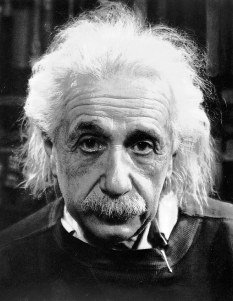Posts Tagged ‘albert einstein’
When he was 16 years old, Albert Einstein asked a curious question: “What would it be like to ride on a beam of light?” He said it took him ten years to fully understand what it meant. By the time he was able to answer it completely, he had described his special theory of relativity and formulated the most famous equation in physics: E = mc2. Not bad for a question that most teachers would shake their heads and roll their eyeballs at, no?
Now imagine that you could retrace all the questions that led to a great idea. Imagine starting at the end and working backwards. Having plotted each insightful question at each turning point along the route, you would have more than just the directions to a single destination. You would have a set of useful conceptual tools that you could apply to any number of new challenges. This is what we call thought plotting.
Thought plotting is at the very centre of Cognician. It’s the idea on which Cognician builds its foundations. Because Cognician is based on the principle that if you want to think and act like a genius, you must learn to question like a genius. But genius is perhaps too strong a word. Because the world doesn’t need more geniuses. What it needs is people who can use ideas with the same skill and efficiency that they use tools.
In this blog, we’ll show you how you can use the principles of thought plotting to identify the ideas behind the deeds of entrepreneurs, politicians, artists and scientists. We’ll show you how you can use thought plotting to get to the bottom of social issues. We’ll show you how you can use thought plotting to understand creativity, innovation and business. In short, we’ll show you how you can use thought plotting to harness the power of ideas and make them work for you.
